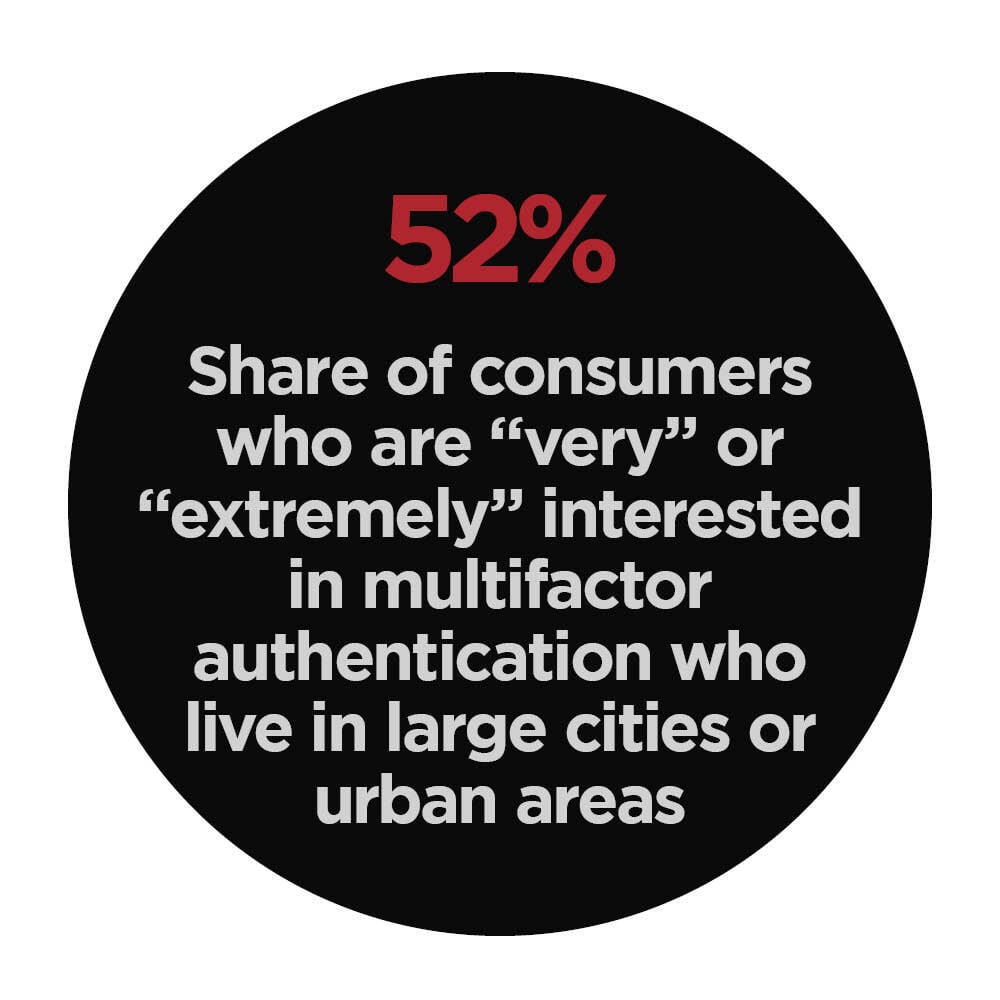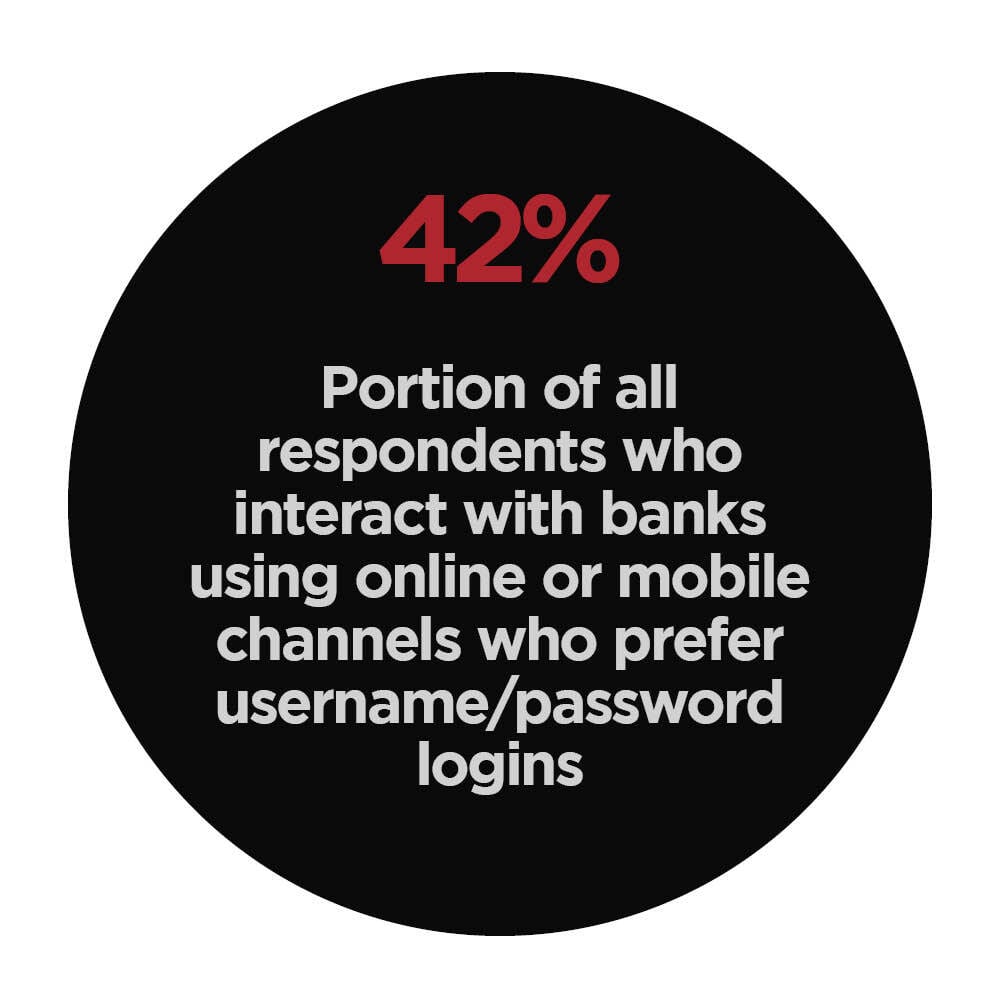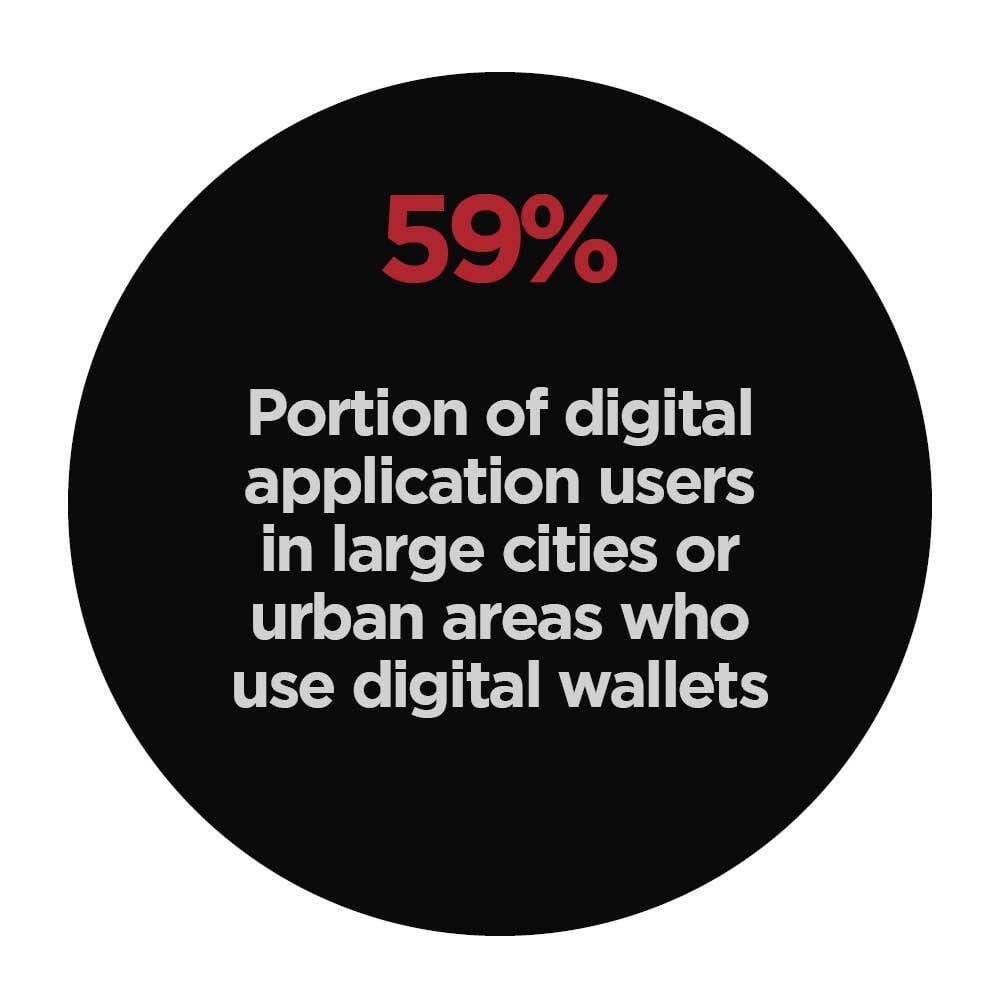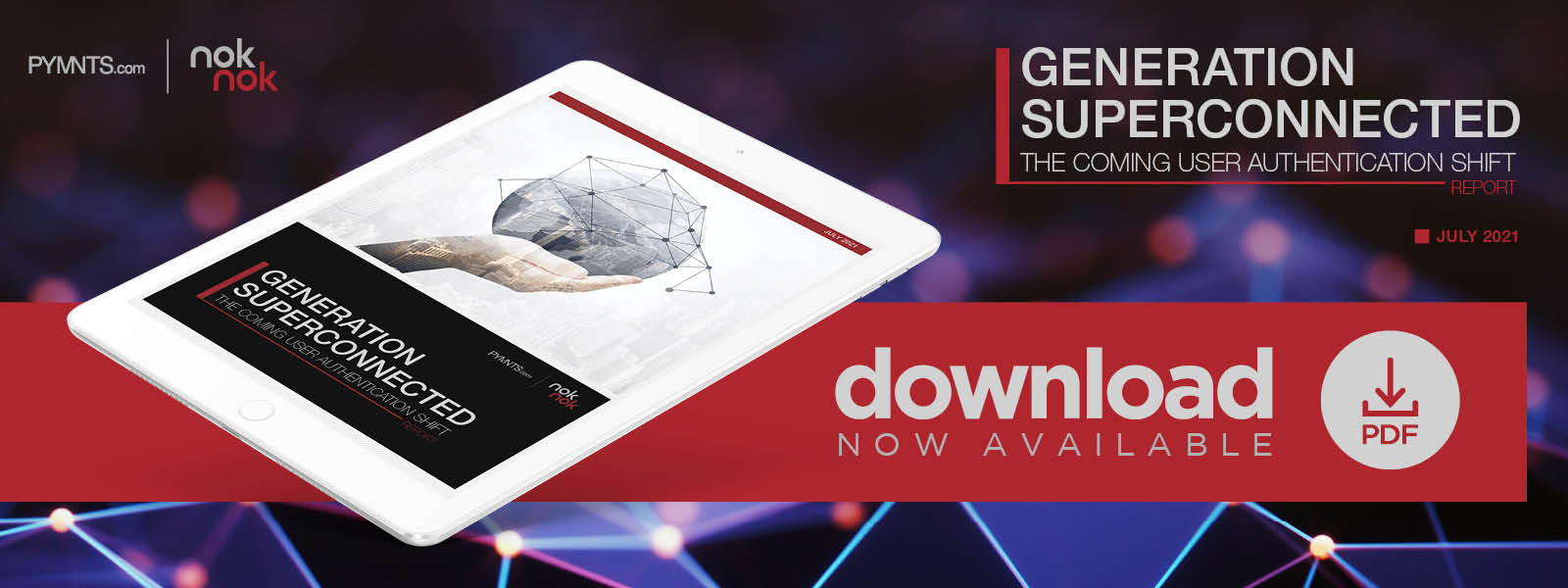New Data: ‘Generation SuperConnected’ Want FIs, Merchants To Ditch The Password

New PYMNTS research shows that today’s urban consumer is more than a digital channel enthusiast, they’re “superconnected” centers of multichannel digital activity who are well aware of the vulnerability of their data. Superconnected consumers are banking, working and relaxing using multiple devices to remove friction from routine tasks and save time. PYMNTS research found that many of these consumers are concerned that as they share personally identifiable information (PII) that allows merchants and marketers to tailor offers, they are also providing criminals with opportunities to compromise their accounts and steal their information
Generation Superconnected: The Coming User Authentication Shift, a PYMNT S and Nok Nok Labs collaboration, explores the changes in consumer sentiment around data security and why multifactor authentication (MFA) is becoming increasingly relevant for consumers. Today’s consumers are data security savvy. Younger, affluent and urban consumers are increasing their use of digital and mobile banking and are the most interested in new digital security measures. These superconnected consumers are also the most active online. Our study showed that 60 percent of millennials and more than half of high-income earners have increased their use of online and mobile banking. Superconnected consumers, those who have six or more connected devices, are convenience-focused, and their increasing adoption of digital banking highlights their comfort with digital tools.
S and Nok Nok Labs collaboration, explores the changes in consumer sentiment around data security and why multifactor authentication (MFA) is becoming increasingly relevant for consumers. Today’s consumers are data security savvy. Younger, affluent and urban consumers are increasing their use of digital and mobile banking and are the most interested in new digital security measures. These superconnected consumers are also the most active online. Our study showed that 60 percent of millennials and more than half of high-income earners have increased their use of online and mobile banking. Superconnected consumers, those who have six or more connected devices, are convenience-focused, and their increasing adoption of digital banking highlights their comfort with digital tools.
These consumers not only manage much of their lives online, but they are also keen to ensure that their data stays secure. This is especially true for residents of large cities and urban areas, where interest in MFA is significant. Consumers in urban areas or larger towns show a higher interest in enhanced security than those in rural areas. Our researchers found that 52 percent of those living in large cities and large urban areas are “very” or “extremely” interested in using MFA.
Urban dwellers have also led the way  when it comes to the use of digital tools to manage their finances, according to the report. Urban consumers are also highly engaged and sophisticated users of digital banking tools and are more likely than rural residents to use them. More than half of those who live in large cities or large urban areas and those living in large towns and small cities have also increased their use of online or mobile banking in the last 12 months.
when it comes to the use of digital tools to manage their finances, according to the report. Urban consumers are also highly engaged and sophisticated users of digital banking tools and are more likely than rural residents to use them. More than half of those who live in large cities or large urban areas and those living in large towns and small cities have also increased their use of online or mobile banking in the last 12 months.
National and digital bank consumers are also leading the way when it comes to using digital tools to manage their lifestyles and expressing interest in strong digital security measures. National and digital bank customers are widely embracing digital channels and are increasing their adoption of innovative payment methods such as QR codes. Our research showed that most consumers have increased their use of digital platforms. Half of consumers increased their use of online or mobile banking over the last 12 months, with young adults and the affluent showing the greatest gains. Digital money management is now part of consumers’ toolkits for navigating online and  in-store experiences.
in-store experiences.
PYMNTS research also found that consumers are not only using digital platforms more, but they also have a clear preference for modern methods of user authentication, even when it is not available. We found that three-quarters of consumers are using usernames and passwords to access bank accounts, but only 42 percent prefer to do so.
To discover how concerns about data security are driving consumer choice of platforms and merchants, download the report.
